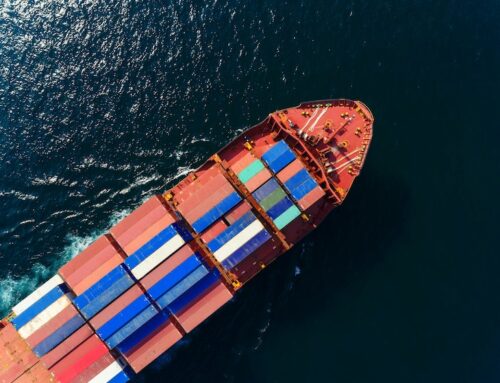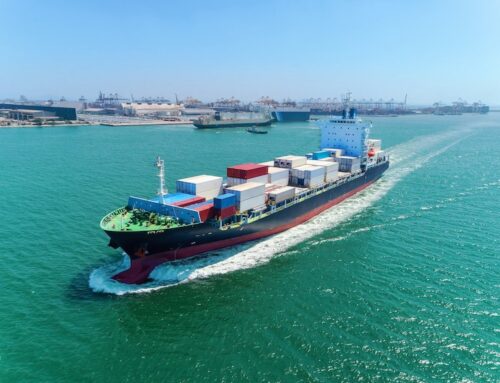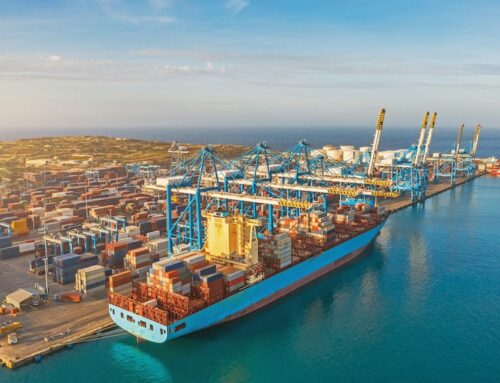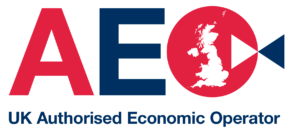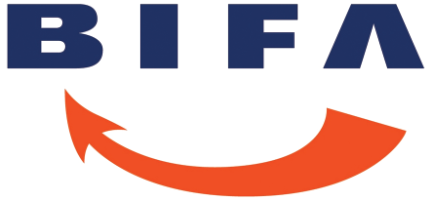Shipments from Asia and the Indian Sub-Continent continue to face major difficulties due to ongoing bottlenecks and the recent Covid-19 outbreak in China forces tighter restrictions threatening supply chains. The outlook for early 2022 remains challenging but is expected to ease later in the year.
Global Port Bottlenecks Continue to Cause Difficulties
Shipments from Asia and the Indian Sub-Continent continue to be hampered by severe congestion at ports worldwide with landside bottlenecks caused by pandemic-induced restrictions in port and haulage operations. The level of disruption at ports means that low schedule reliability continues to remain a significant concern. While the severity of equipment shortages in China is not as serious as earlier this year, shortages in South East Asia and the Indian Sub-Continent are still a major issue. European ports also remain heavily congested resulting in carriers skipping port calls in an attempt to rectify schedules. In the UK, berthing and landside delays at the Port of Felixstowe remain challenging with yard congestion resulting in ongoing rotation changes and vessel diversions into a number of ports in North Europe.
High demand has continued in recent weeks and we expect it will persist all the way through January as retailers in the UK, Europe and the US rush to get products shipped ahead of the Chinese New Year holiday on 1 February 2022. Due to the ongoing challenges with capacity and continued high demand, freight rates will remain high.
Covid-19 Outbreak in China Threatens Supply Chains
Last week we informed customers of an Covid-19 outbreak in the Zhenhai district of China with authorities imposing testing across the region. Rising coronavirus cases have forced Ningbo port to tighten restrictions on truck drivers entering its container terminals. The port’s measures are part of the travel restrictions introduced by the government to curb the domestic spread of the virus. The growing outbreak has also prompted multiple factory closures under the government’s mandate.
At this point in time the measures imposed have yet to harm productivity at Ningbo port and we are not seeing any direct impact on the movement of shipments. There is the possibility however, that there will be some delays to the inland transportation of export containers due to the new testing requirements and inspection of health documents of truck drivers. We will keep customers updated with further news at the earliest opportunity.
Outlook for 2022
Global supply chain disruption is expected to remain high amid renewed Covid-19 outbreaks around the world. Inventory replenishment will support demand well into January 2022, through to Chinese New Year. China’s sustained ‘zero’ policy to the pandemic, and demand and capacity volatility during Chinese New Year, point to a continuation of the current bottlenecks. Space and equipment shortages are expected to continue to be a factor driven by port and vessel delays in Q1.
Analysts are suggesting that a recovery in space could accelerate from Q2 of 2022 if inflation, higher energy costs and possible interest rate hikes begin to reduce consumer spending on goods. Eventually, there is expected to be a reduction in demand in 2022 which will allow global supply chains to normalise.
We thank you for your trust and support throughout 2021 and wish you and your families a happy and peaceful Christmas and New Year.


